If you’ve ever walked into a Topgolf venue, you were probably struck by the dazzling range of entertainment options, vibrant atmosphere, and that massive driving range stretching out before you. But if you’re an avid golfer or just a curious visitor, you may find yourself wondering: How far is the back net at Topgolf? This question goes beyond mere curiosity. Understanding the distance can influence your gameplay and overall experience. Let’s delve into the details!
Understanding Topgolf’s Unique Setup
What is Topgolf?
Topgolf is a premier entertainment venue that combines golf, games, and great food—all under one roof. Unlike traditional golf courses, where you play for par, Topgolf offers a high-tech driving range with various targets and game options making it accessible to everyone, from seasoned golfers to beginners.
The Driving Range Layout
Topgolf features a series of targeting zones on their driving range, with distances marked to help players identify their shots’ effectiveness. Are you aiming for those colorful targets in the distance? Understanding how far the targets are can help improve your accuracy and technique.
The Role of the Back Net
Why does the distance to the back net matter? The back net serves as both a safety measure and a means of measuring just how far you’re hitting the ball. Located at the far end of the driving range, the back net prevents balls from flying out into adjacent areas, ensuring the safety of both players and nearby spectators.
 Topgolf Driving Range Layout
Topgolf Driving Range Layout
Distance to the Back Net
Ol’ Reliable: 240 Yards
Most Topgolf venues have their back net positioned at approximately 240 yards (or 720 feet) from the teeing area. This distance can vary slightly based on the specific location, but it generally remains consistent across venues.
The Dependent Factors:
- Teeing Area: The specific teeing area you choose might impact your view and strategy.
- Club Type: The type of club you use can affect how far the ball travels.
- Weather Conditions: Wind and temperature can affect the distance your ball travels.
Table: Overview of Topgolf Playing Conditions
| Factor | Impact |
|---|---|
| Tee Height | Affects your launch angle |
| Club Type | Different clubs have varying distances |
| Weather | Wind direction can enhance or diminish yards |
| Player Skill | More skilled players can achieve greater distances |
 Topgolf Hitting Bay
Topgolf Hitting Bay
Accuracy Over Distance
While hitting the back net at Topgolf is a fun and challenging goal, it’s essential to focus more on accuracy and scoring within the target zones spread throughout the range. Throwing in the thrill of competition, seeing how many targets you can hit, is part of what makes Topgolf so entertaining.
Tips for Maximizing Your Topgolf Experience
- Choose Your Clubs Wisely: Know which clubs to bring to hit the ball closer to the targets that interest you.
- Practice Your Swing: Take advantage of the lessons offered at Topgolf to improve your technique.
- Stay Aware of the Environment: Watch how weather conditions and even the time of day affect your game.
- Embrace the Fun: Remember, this isn’t just about golf. Enjoy great food and beverages while you’re perfecting your swing!
 Topgolf Targets and Scoring System
Topgolf Targets and Scoring System
FAQs About Topgolf and the Back Net
1. How far is the back net at Topgolf?
The back net is typically around 240 yards from the tee.
2. Is the distance the same at every Topgolf location?
While most locations have a standard distance, it’s always a good idea to check the specific venue, as there may be slight variations.
3. What happens if I hit the back net?
If you hit the back net, it means you have optimally applied your driving skills! You can adjust your game strategy for hitting the targets in front of it.
4. Can I use my own clubs at Topgolf?
Yes! You are welcome to bring your own clubs, but Topgolf provides clubs for your convenience.
5. Are there specific games designed for hitting the targets?
Yes! Topgolf offers various games that make use of the targets at different distances, helping to simulate a more ‘traditional’ golfing experience.
6. What types of targets are there at Topgolf?
Targets vary in size and distance. Some are positioned closer, while others are deeper into the range.
7. Do Topgolf venues have specific dog-friendly policies?
Most Topgolf locations allow service animals. However, it’s wise to check with your specific venue for their pet policy.
8. Is there a height restriction on the driving range?
Generally, there is no specific height restriction. Players of all ages and sizes enjoy the experience together.
9. What technology does Topgolf use?
Topgolf uses advanced technology to track the distance of your shots and provide real-time feedback on your gameplay.
10. Are there lessons available for beginners?
Absolutely! Many Topgolf locations offer lessons tailored to help beginners improve their skills.
Key Takeaways
- The back net at Topgolf is generally 240 yards away from the teeing area.
- Focus on accuracy rather than just hitting the back net—try to hit various target zones for the best experience!
- Take advantage of the numerous lessons and games available to develop your skills in a fun environment.
- Always consider external factors like weather and club choice to get the most out of your Topgolf experience.
Final Thoughts
Next time you plan a visit to Topgolf, remember the distance to the back net but don’t let it dictate your experience. Focus on having fun and hitting those colorful targets while enjoying the vibrant atmosphere that Topgolf so expertly provides. Whether you’re golfing with friends or just learning the ropes, there’s something for everyone to cherish at this fantastic entertainment venue!
So, grab your gear, hit the range, and may your shots always find their mark—if not the back net, at least one of those targets!

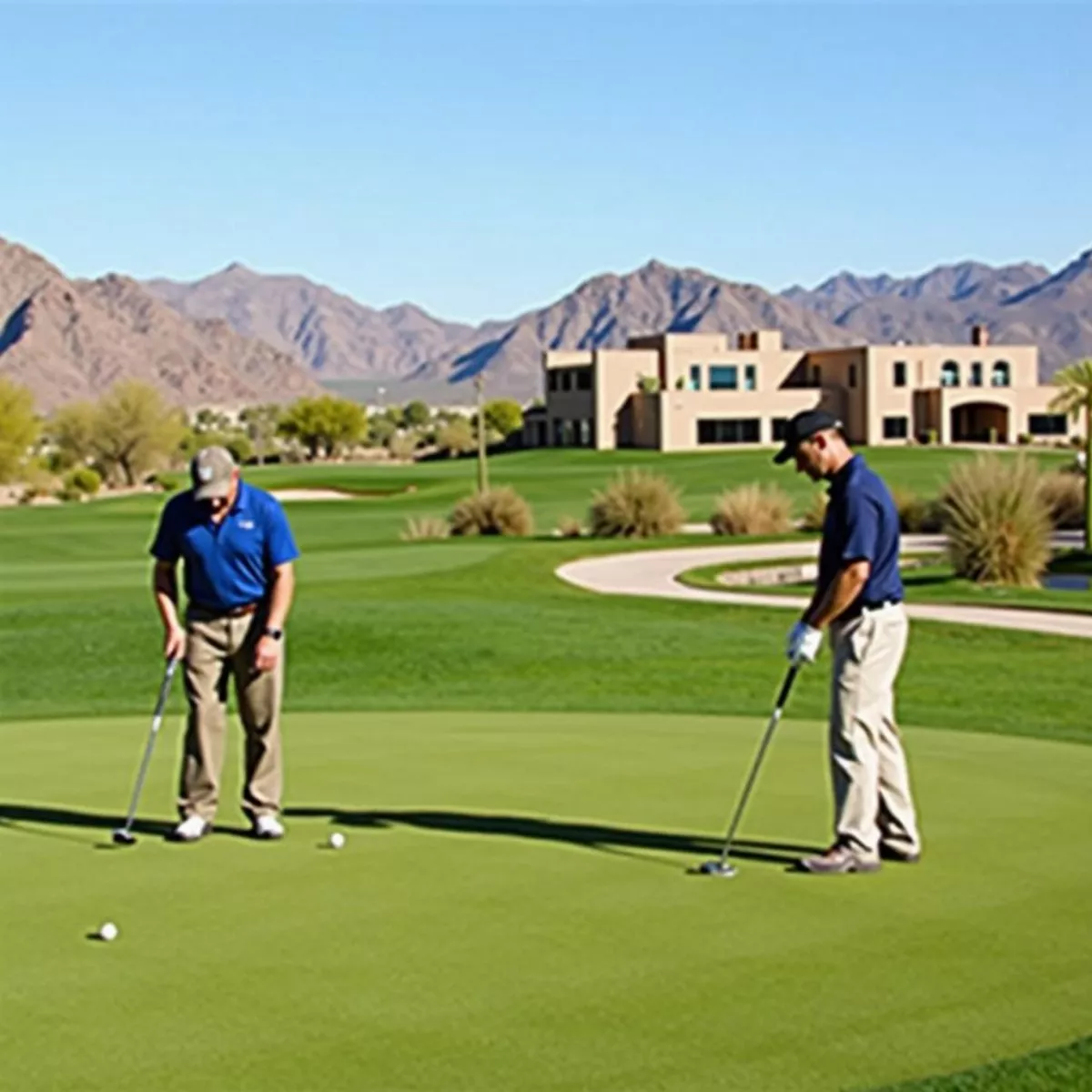 Golfers Practicing at Coyote Wash
Golfers Practicing at Coyote Wash Restaurant at Coyote Wash Golf Course
Restaurant at Coyote Wash Golf Course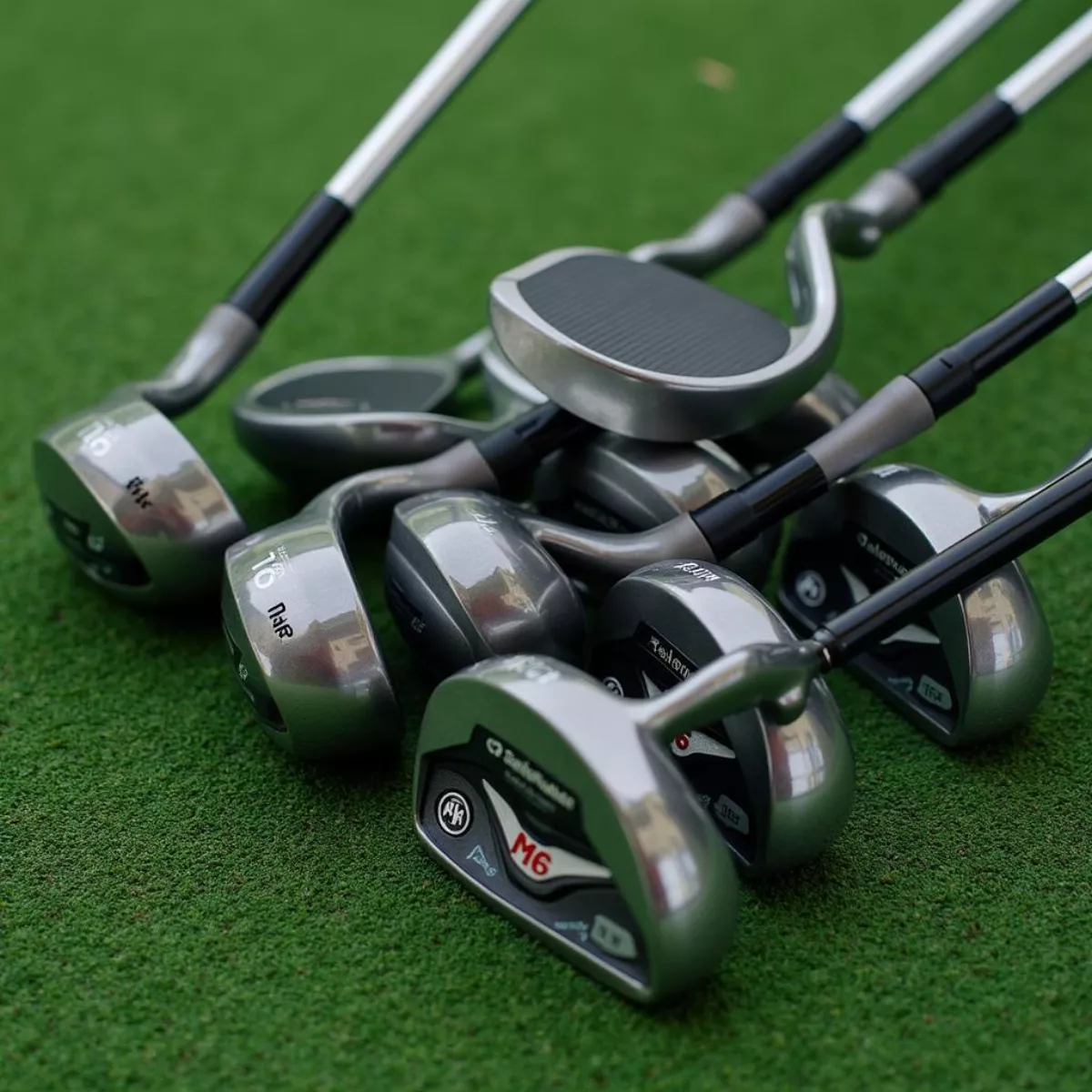
 Golfer Hitting Ball with TaylorMade M6 Iron
Golfer Hitting Ball with TaylorMade M6 Iron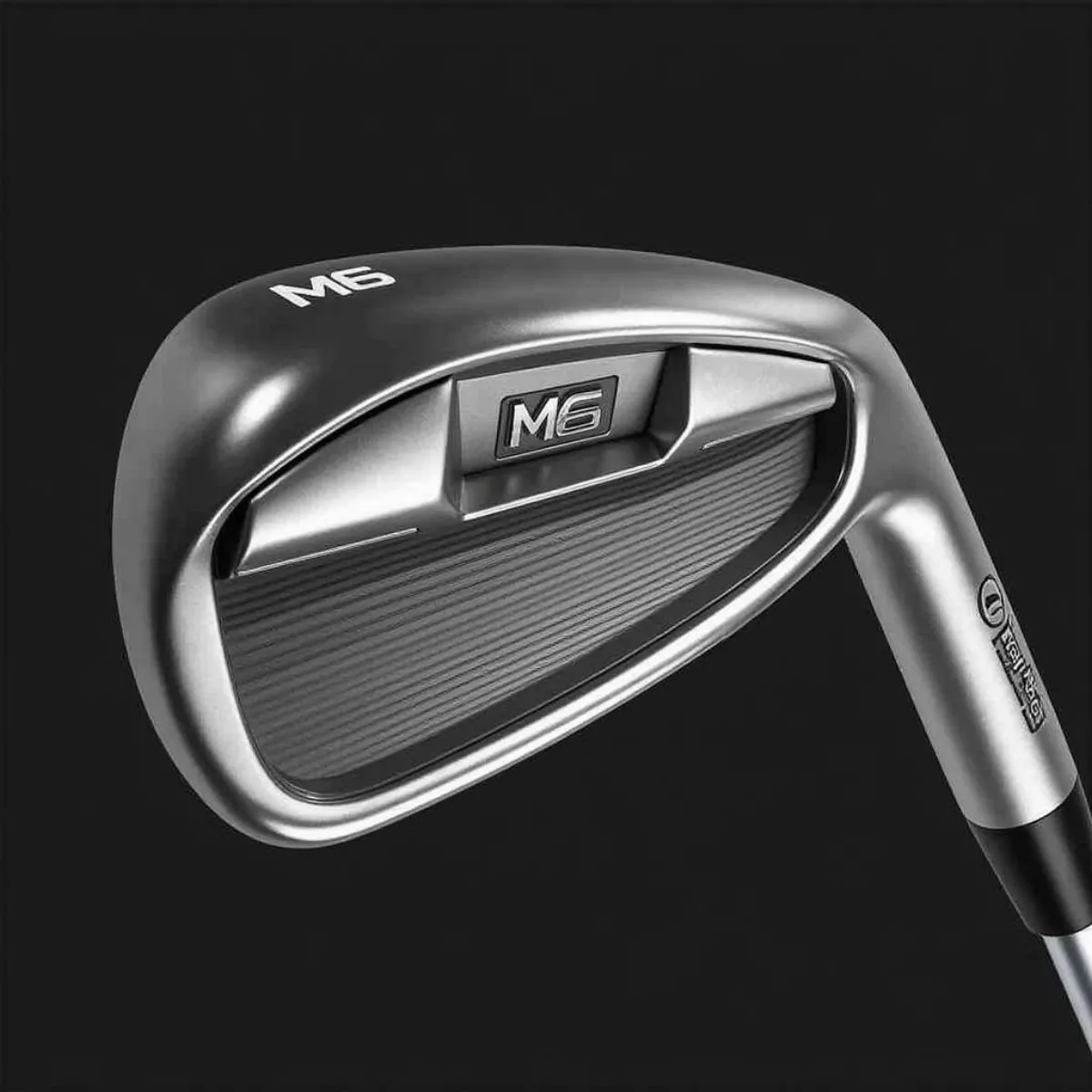 Close-up of TaylorMade M6 Iron Face
Close-up of TaylorMade M6 Iron Face
 Woman meditating peacefully in a serene Thai temple
Woman meditating peacefully in a serene Thai temple Longtail boat on crystal clear turquoise water with a tropical island in the background
Longtail boat on crystal clear turquoise water with a tropical island in the background Bustling Thai street food market illuminated by vibrant lights at night
Bustling Thai street food market illuminated by vibrant lights at night
 Pebble Beach Golf Links with scenic ocean view
Pebble Beach Golf Links with scenic ocean view Fresh seafood platter in a Pebble Beach restaurant
Fresh seafood platter in a Pebble Beach restaurant
 Family enjoying interactive exhibits at Nevada Discovery Museum
Family enjoying interactive exhibits at Nevada Discovery Museum Panoramic view of Lake Tahoe from a scenic viewpoint
Panoramic view of Lake Tahoe from a scenic viewpoint
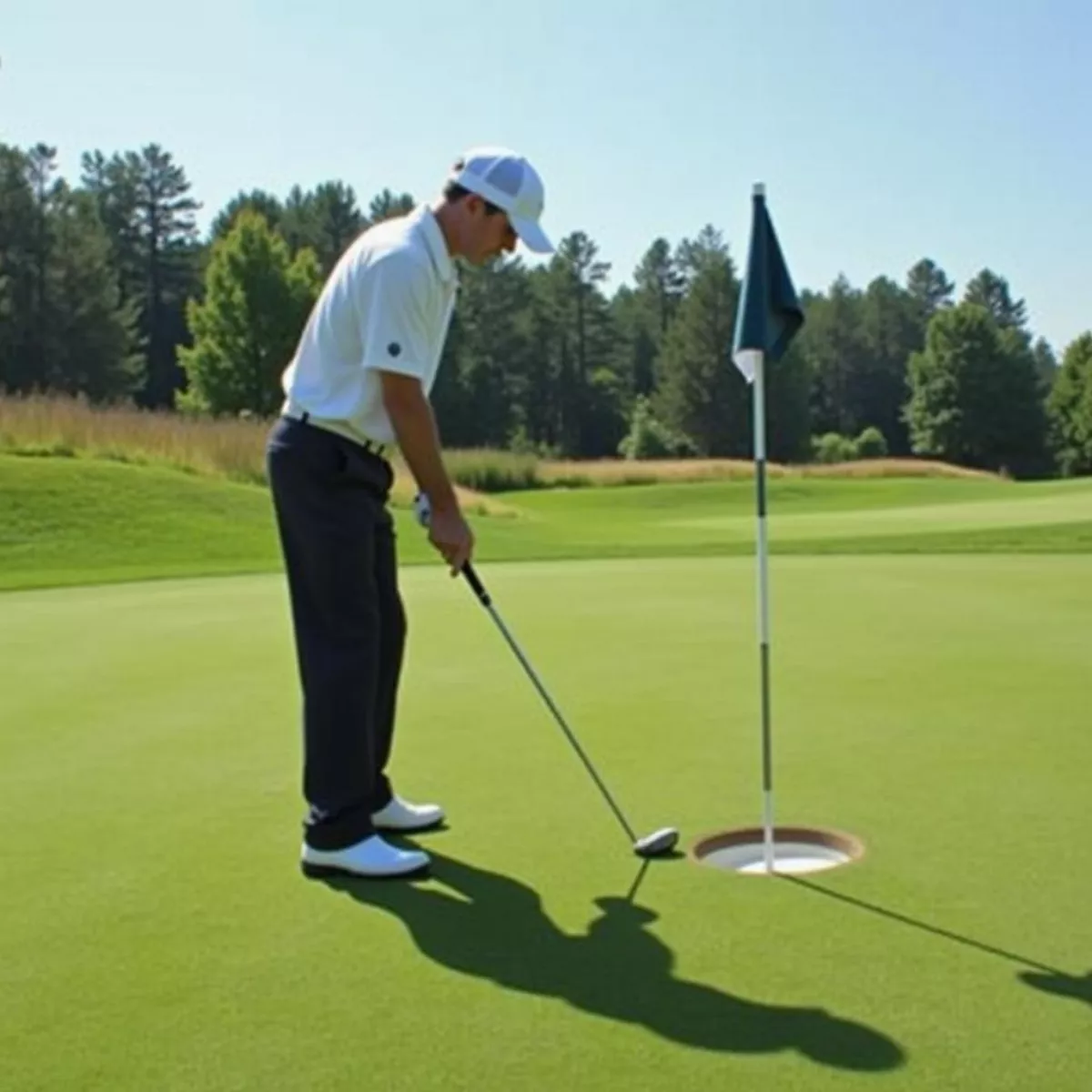 Golfer Preparing for a Lob Wedge Shot
Golfer Preparing for a Lob Wedge Shot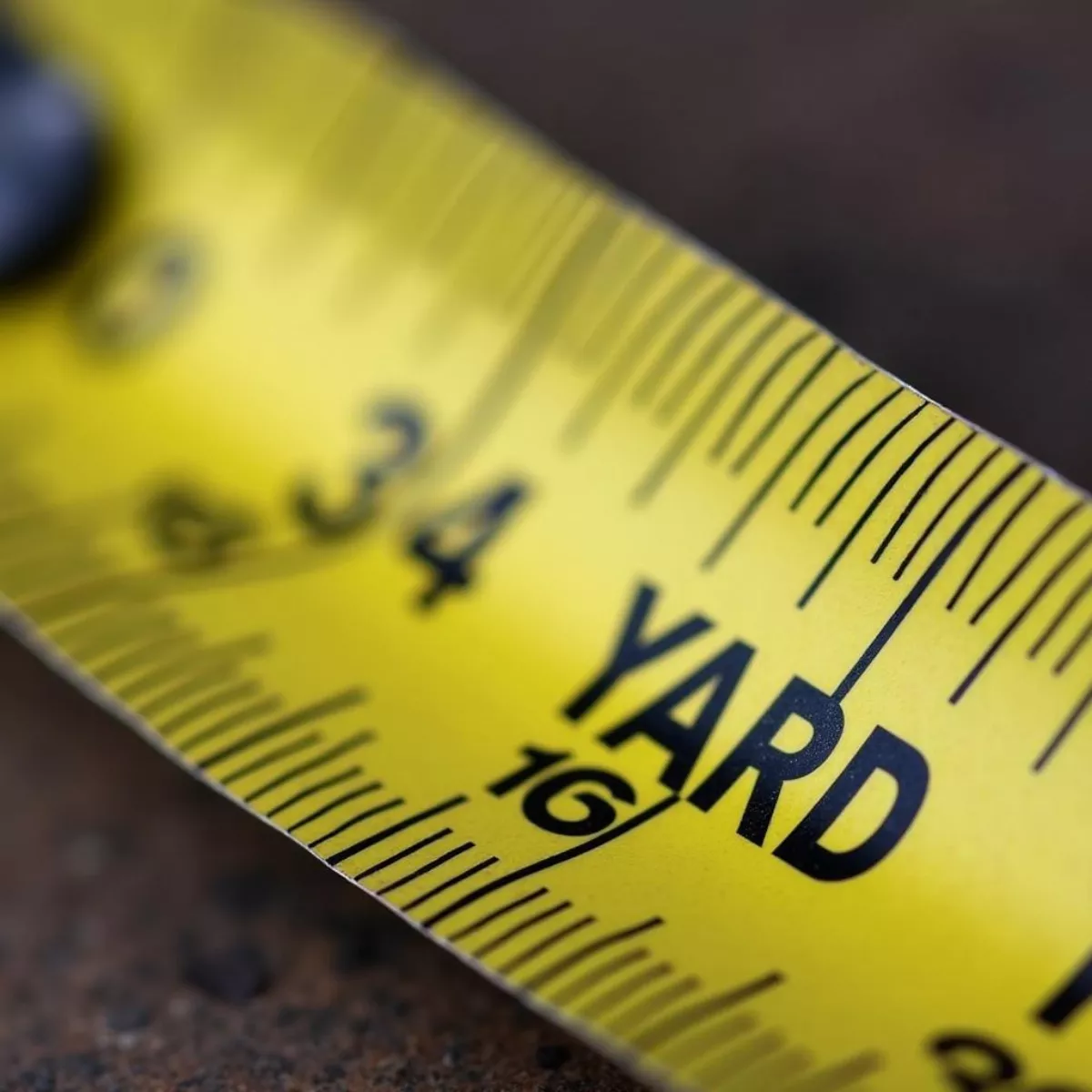 Close-up of Measuring Tape with Yard Markings
Close-up of Measuring Tape with Yard Markings
 Coyote Trails Signature Hole
Coyote Trails Signature Hole Golfers Enjoying Coyote Trails
Golfers Enjoying Coyote Trails Cottonwood Arizona Attractions
Cottonwood Arizona Attractions
 Golfer Teeing Off on a Long Par 5 Hole
Golfer Teeing Off on a Long Par 5 Hole Person Hiking on a Trail in a Scenic Park
Person Hiking on a Trail in a Scenic Park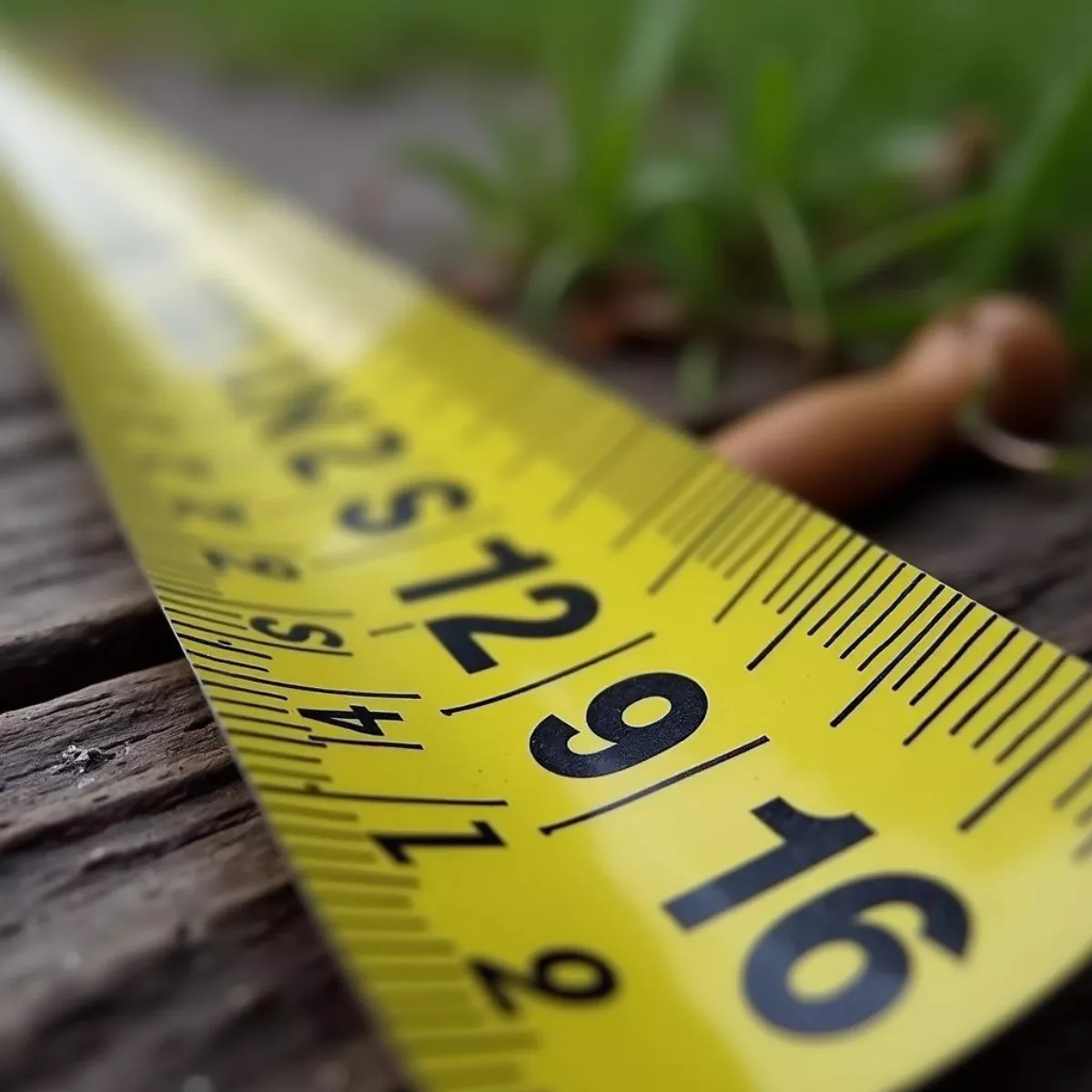 Measuring Tape Extended to 700 Yards
Measuring Tape Extended to 700 Yards